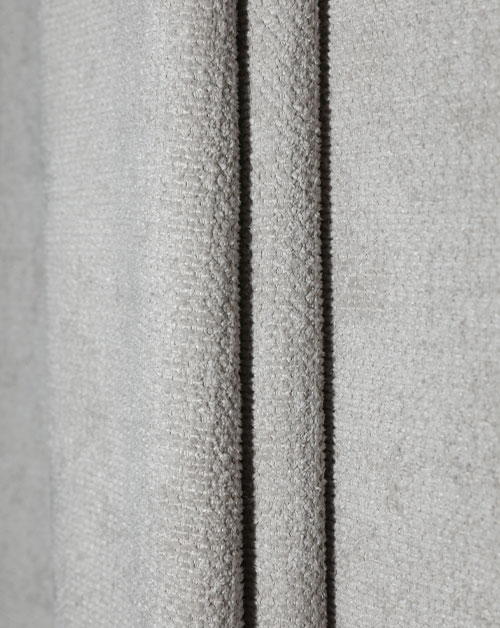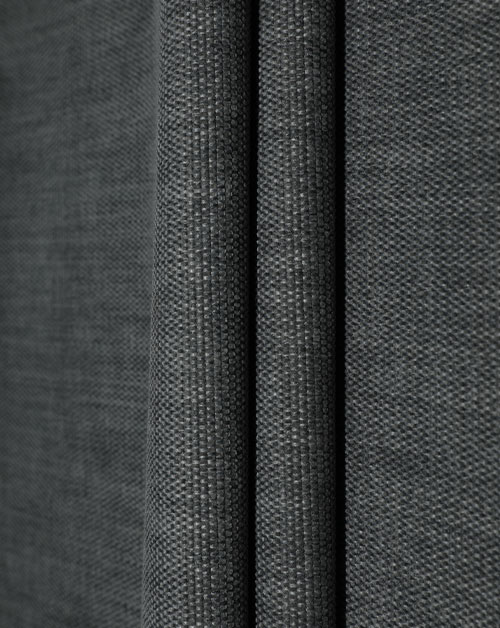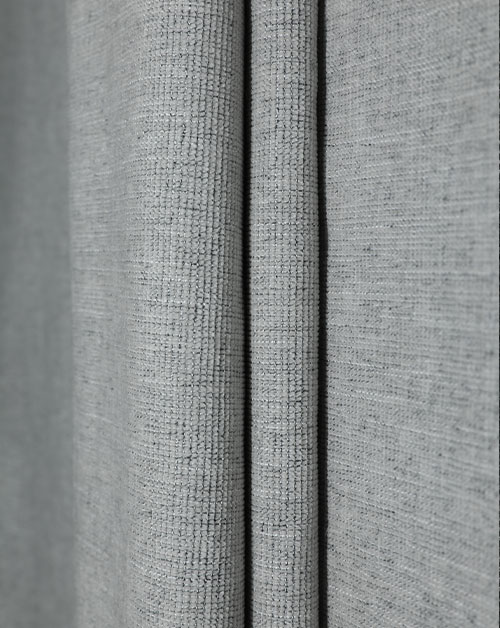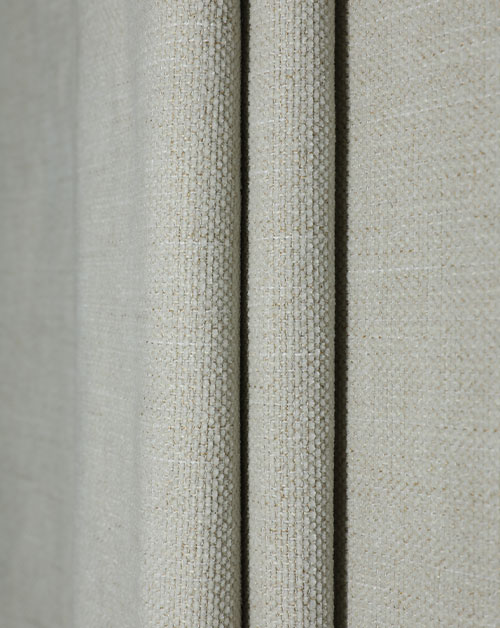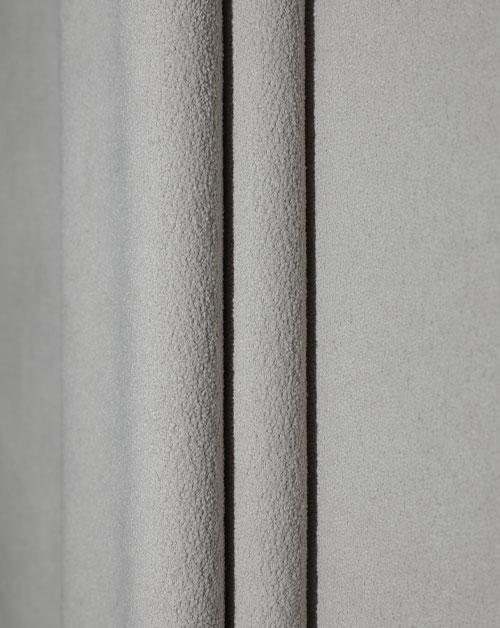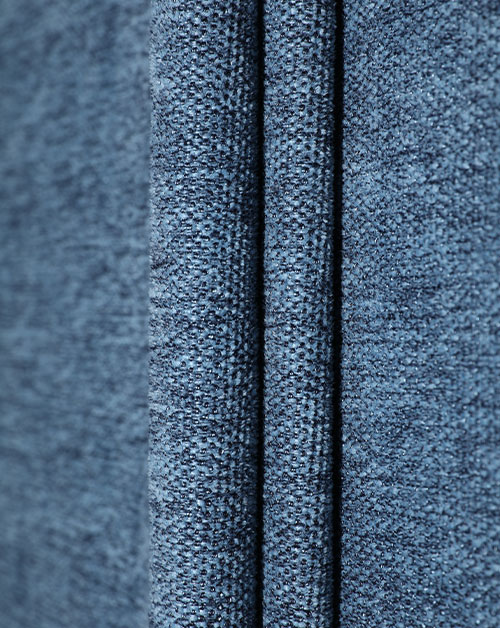Today, as environmental awareness grows, recycling and reuse have become one of the key words for global sustainable development. In the fashion industry, the rise of recycled fabrics is not only a vivid interpretation of this concept, but also a profound change in the traditional textile industry. It not only reduces environmental pollution and resource consumption, but also leads a new fashion trend with its unique design and texture.
Recycled fabrics come from a wide range of sources, including but not limited to waste clothing, industrial waste, and waste textiles. These materials, which may have been regarded as "garbage", have been revitalized through high-tech processing and reweaving. For example, advanced mechanical or chemical decomposition technology can be used to separate the fibers from waste clothing, and then through spinning, weaving and other processes, recycled fabrics with texture and rich colors can be produced. In addition, the application of biodegradable materials has also added more possibilities for recycled fabrics, such as bio-based materials such as PLA (polylactic acid), which come from renewable resources and can be naturally degraded after use, injecting new vitality into environmentally friendly fashion.
Although recycled fabrics have broad prospects, there are still many technical challenges in their production process. How to maintain the physical properties and dyeing stability of recycled fibers is one of the problems that the industry needs to solve urgently. To this end, researchers are constantly exploring new processing technologies, such as supercritical carbon dioxide dyeing technology, which completes dyeing under water-free and pollution-free conditions, effectively improving the color brightness and color fastness of recycled fabrics. At the same time, the introduction of intelligent production lines makes the sorting, processing, and reprocessing of recycled fabrics more efficient and accurate, reducing costs and improving product quality.
The most direct impact of the popularity of recycled fabrics is to reduce the pollution of textile waste to the environment. According to statistics from the United Nations Environment Program, the amount of textile waste generated worldwide each year is astonishing, and most of it has not been effectively treated. The use of recycled fabrics not only reduces the burden on landfills and incineration plants, but also reduces dependence on non-renewable resources such as crude oil and reduces greenhouse gas emissions.
As consumers' awareness of environmental protection increases, more and more fashion brands are beginning to incorporate recycled fabrics into their product lines. Through design innovation, these brands have turned recycled fabrics into fashionable and avant-garde clothing, accessories and even household items, showing the unique artistic charm of recycled fabrics. They not only meet consumers' pursuit of beauty, but also convey a positive attitude and values towards life. The fashionization of recycled fabrics is not only a subversion of the traditional textile industry, but also a foreshadowing of the future development direction of the fashion industry - green and sustainable will become an irreversible trend.
Recycled fabrics, as a perfect combination of environmental protection and fashion, are leading a green revolution in the fashion industry with their unique charm and unlimited potential. It is not only a product of technological innovation and sustainable development, but also a yearning and pursuit of mankind for a better future life.

 English
English 中文简体
中文简体 русский
русский عربى
عربى